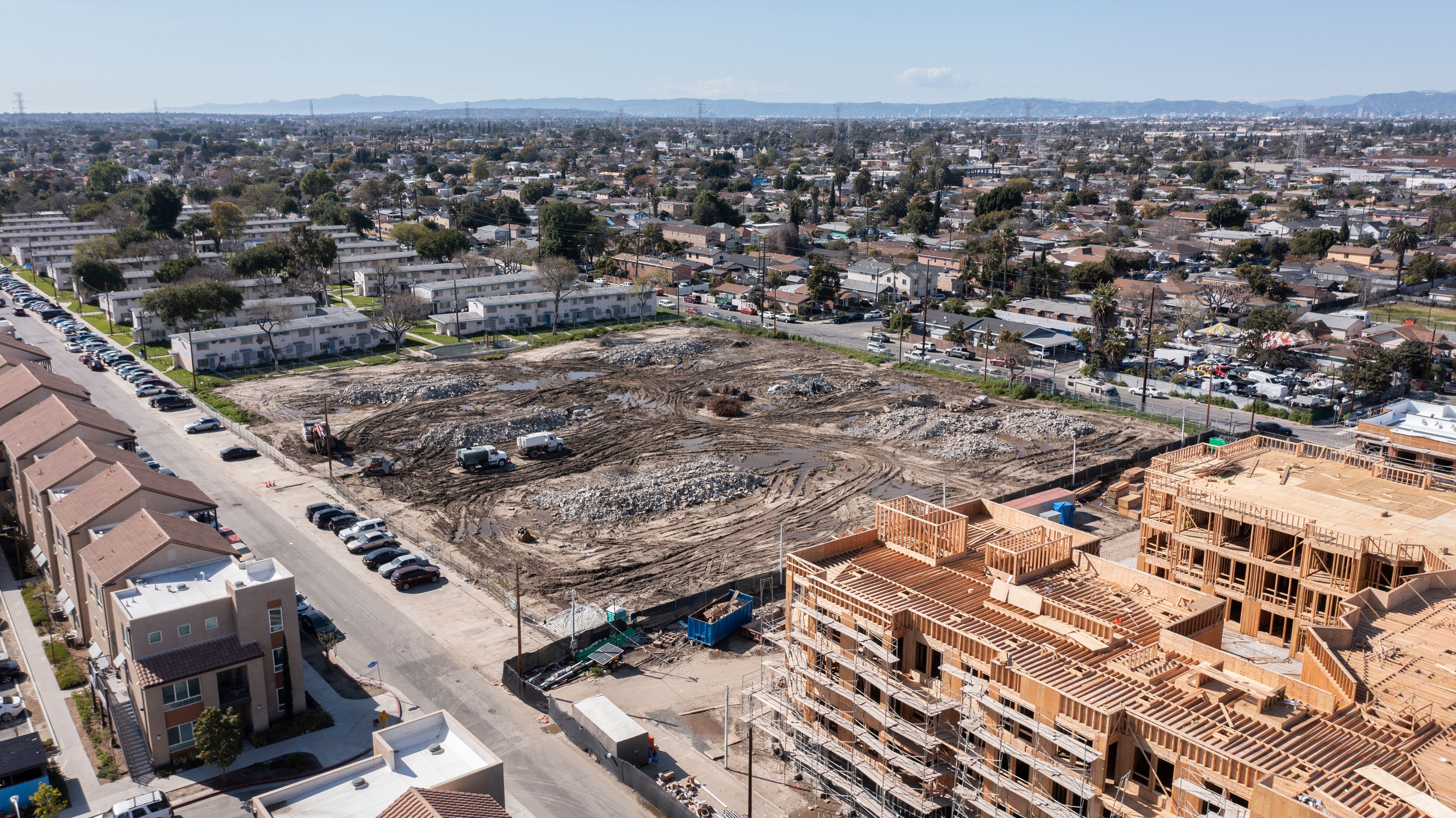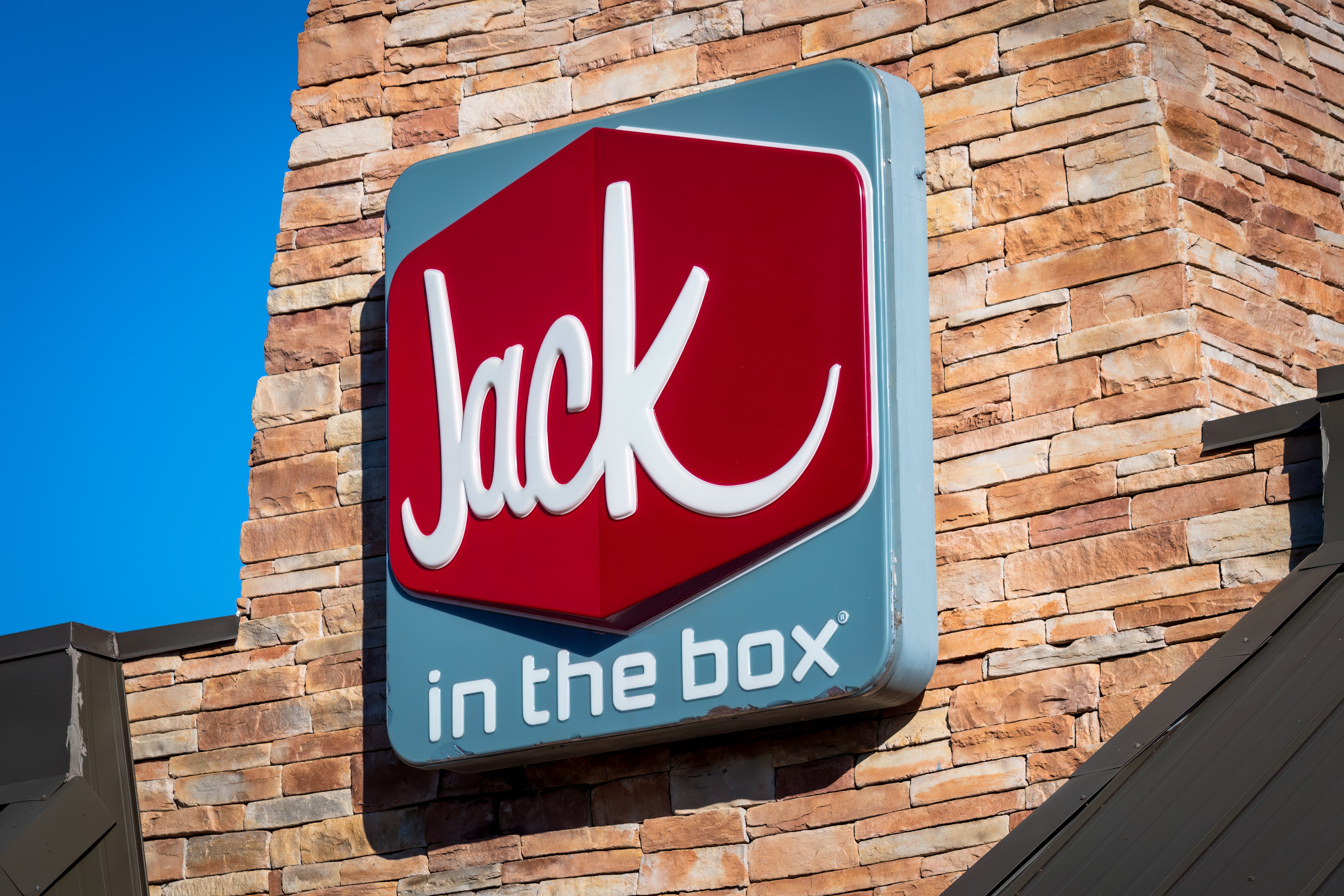The Most Radical Shift in California Development Law in 50 Years

What is CEQA?
The California Environmental Quality Act (CEQA), signed in 1970,requires state and local agencies to evaluate and disclose potentially significant environmental impacts of proposed projects and to enforce mitigation when feasible. Over time, its broad scope has allowed lawsuits or even the threat of litigation to delay or halt developments, especially infill housing in urban areas. While originally championed to protect the environment, CEQA has often been criticized for being weaponized by “NIMBYs,” businesses, unions, and other groups to stall projects.
What’s Changed: The2025 Reforms
In June 2025, Gov. Newsom signed two budget‑trailer bills—AB 130 and SB 131—overhauling CEQA’s reach. Key reforms include:
- Full exemption for urban infill housing: All new infill developments, apartments, townhomes, condos in built‑up, transit‑oriented areas are no longer subject to CEQA review, slashing multi‑year delays and legal battles.
- Nine new project exemptions: Beyond housing, exemptions now include childcare, advanced manufacturing sites, wildfire fuel breaks, and water‑system upgrades, plus coastal permit streamlining.
- Skilled‑labor mandates: To qualify for CEQA exemptions under SB 131, developers must pay prevailing wages, use a skilled workforce, and file monthly compliance reports, or operate under a project labor agreement.
- New VMT Mitigation Bank: A Vehicle Miles Traveled offset system now helps developers mitigate traffic-related emissions, potentially funding sustainable improvements and transit-oriented projects.
Who’s Affected?
Housing Developers & Local Government
- Developers can finally bypass lengthy environmental reviews, litigation risk, and court expenses on infill projects.
- Cities & counties benefit from quicker permit issuances, aiding efforts to meet housing goals and combat homelessness.
Advanced Manufacturing & Infrastructure
- High-tech factories, childcare centers, and public safety infrastructure like wildfire fuel breaks gain faster approvals without CEQA roadblocks.
Labor & Workforce
- Contractors must meet prevailing-wage and skilled-labor requirements, benefiting unionized workers involved in CEQA-exempt projects Alston & Bird.
Environmental & Community Advocates
- Critics warn that eliminating CEQA oversight may weaken protections for air, water, noise, and community health—especially in underserved neighborhoods .
- Environmental justice groups are concerned vulnerable communities could be disproportionately impacted.
Ultimately & Most Importantly, Everyday Californians
- Renters and first-time buyers stand to gain the most in the long run. With fewer regulatory delays and more housing coming to market; especially in high-demand urban cores, home prices and rents could finally start to stabilize or decline.
- In a state where median home prices and rents are among the highest in the nation, this CEQA reform may mark a major turning point toward affordability and accessibility.
Why It Matters Now
- Housing crunch & homelessness: Exempting infill housing tackles permit delays the top barrier to rapidly building the 300,000+ homes needed annually and reducing California’s roughly 187,000 person homeless population.
- Balancing growth & green goals: Proponents argue that adding density near transit helps both affordability and climate targets. But as one Guardian report put it, this overhaul is “transformative, though risky”.
- Swiss Cheese CEQA: Critics say the exemptions are piecemeal, leaving greenfield development, highways, reservoirs and large industrial, infrastructure, and rural projects subject to full CEQA.
The Road Ahead
- Court tests loom: Ambiguity in definitions like what qualifies as “advanced manufacturing” will trigger lawsuits.
- Infusion not enough? Housing experts caution infill alone won’t suffice, California may still need greenfield expansions, but those remain fully regulated.
- Next phase debate: Will the state launch a comprehensive CEQA rewrite or stick with targeted exemptions? The current reforms reflect political pragmatism but likely aren't the final word.
What It Means for Californians
- For aspiring homeowners and renters: Faster approvals mean more housing units sooner potentially easing price pressures and supply gaps.
- For local communities and environmental stewards: There's a risk that environmental impacts may be neglected unless officials enforce mitigation outside CEQA, or groups file lawsuits under other laws.
- For taxpayers: Reduced administrative and legal expenses could redirect public funds to actual development or other priorities like wildfire resilience and transit improvements.
Bottom line: California's CEQA overhaul fundamentally shifts the dialogue. By removing barriers to urban infill, the state takes a bold step toward addressing its housing emergency—but it also opens the door to fresh debates over environmental justice, sustainable growth, and equity. Whether this recalibration will deliver faster homes and protect communities remains to be seen.
-
Related posts
You may also find these articles interesting








